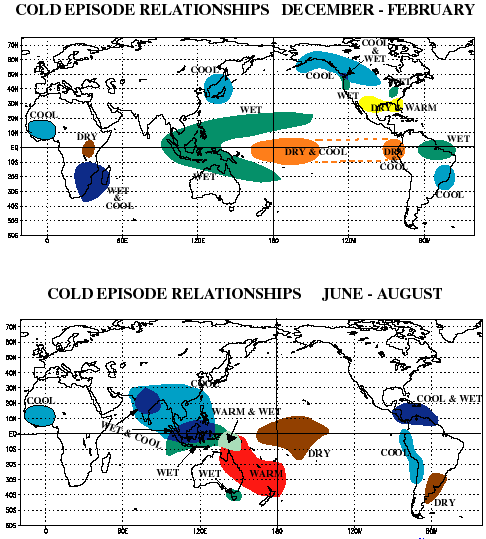La Niña to affect small-scale agriculturalists
Published
2016-12-01
According to the US National Weather Service, La Niña conditions are present and are slightly expected to last through the winter of 2016-17, likely affecting temperature and precipitation around the world. This follows a 2015-16 El Niño event that resulted in extreme drought conditions in numerous regions around the world, having affected more than 60 million people worldwide (World Health Organization).
The NASA Earth Observatory webpage describes La Niña impacts as causing “wetter than normal conditions west of the equatorial central Pacific over northern Australia and Indonesia during the northern hemisphere winter, and over the Philippines during the northern hemisphere summer. Wetter than normal conditions are also observed over southeastern Africa and northern Brazil, during the northern hemisphere winter season. During the northern hemisphere summer season, the Indian monsoon rainfall tends to be greater than normal, especially in northwest India. Drier than normal conditions are observed along the west coast of tropical South America, and at subtropical latitudes of North America (Gulf Coast) and South America (southern Brazil to central Argentina) during their respective winter seasons.”
Farmers and development workers are encouraged to make preparations for anticipated rainfall irregularities in their particular regions. The ECHO Best Practice Note No. 2, Agriculture in Times of Climate Change, recommends practices for smallholder farmers to cope with climate extremes.